- I. Historical and Theological Context
- II. The Nativity Scene Across Europe
- III. The Nativity Scene in Africa
- IV. The Nativity Scene in America
- V. The Nativity Scene in Asia
- VI. The Nativity Scene in Oceania
- VII. The Nativity Scene in Modern Art
- VIII. Cultural and Social Impact
- IX. Conclusion
- Appendices
I. Historical and Theological Context
The history of the Nativity Scene goes back to Saint Francis of Assisi in 1223, who organised the first living representation of the Nativity in the Italian village of Greccio. The aim of this gesture was to bring the faithful closer to the story of Jesus' birth and to reflect the simplicity and humility of this event. Since then, the tradition of representing the nativity has spread throughout the Christian world, becoming an essential part of the Christmas celebration. The Nativity Scene symbolises the incarnation of God in Jesus Christ and invites reflection on the themes of humility, family and divine joy.
II. Nativity Scenes across Europe
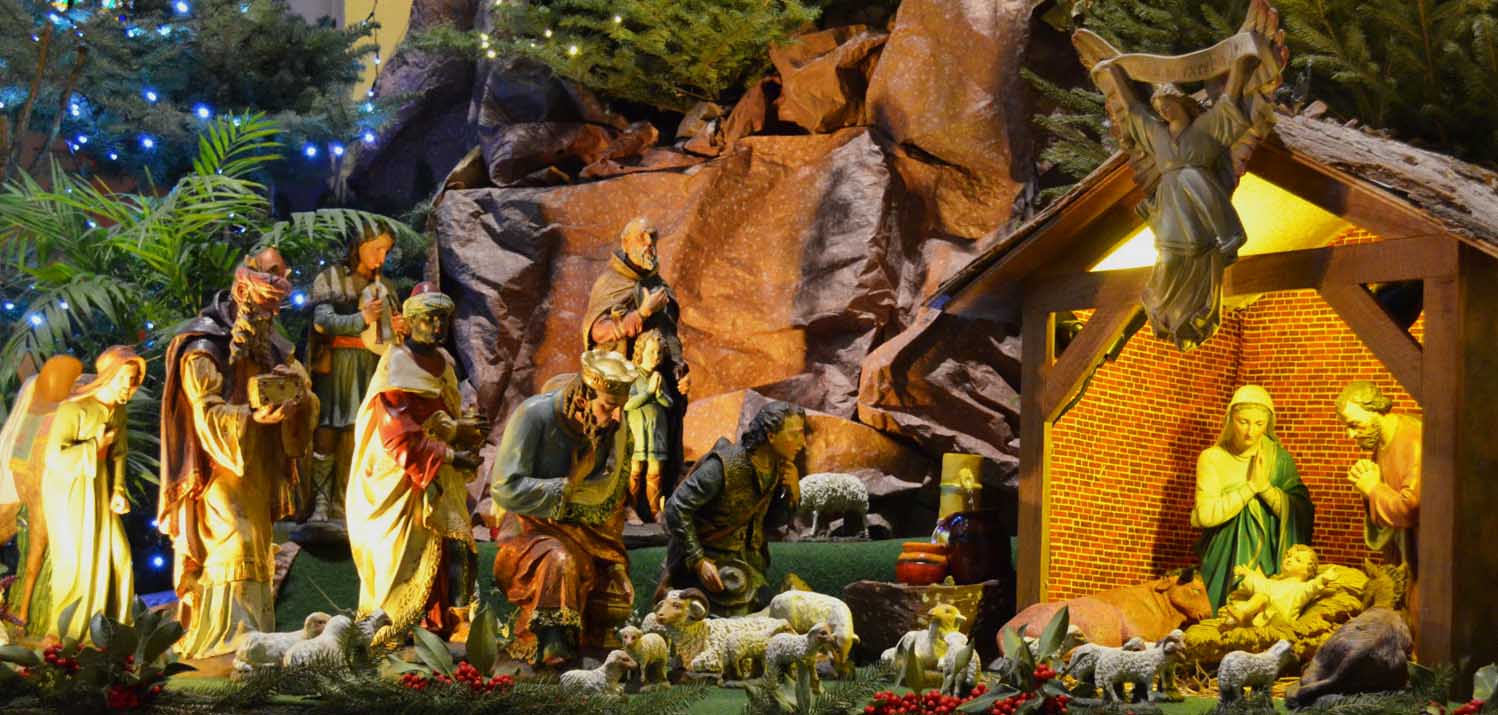
A. Italian Nativity Scene
In Italy, the Nativity Scene, or 'presepe', is a rich and varied tradition. The Neapolitan Nativity Scene, in particular, is famous for its large scale and detailed figurines, depicting not only the biblical scene but also everyday Neapolitan life in the 18th century. Each figurine is designed to tell a story, offering a fascinating insight into local history and culture.
B. Spanish Nativity Scenes
In Spain, the 'belen' is a central feature of Christmas celebrations. Spanish Nativity Scenes are characterised by their attention to detail and their often grandiose depictions of the Nativity. In Catalonia, the unique tradition of the 'caganer', a figurine representing a peasant relieving himself, adds a touch of humour and down-to-earthness to the scene.
C. French Nativity Scenes
In France, the 'santons' of Provence are a cherished craft tradition. These small hand-painted figurines depict not only biblical characters but also typical Provençal village scenes, incorporating traditional trades and scenes from rural life.
D. Portuguese Nativity Scenes
In Portugal, the 'lapinha' tradition combines religious and natural elements. Portuguese Nativity Scene often incorporate miniature landscapes, with rocks, plants, and water, creating a realistic backdrop for the nativity scene.
E. Scandinavian Nativity Scenes
In the Nordic countries, the Nativity Scene is often characterised by its simplicity and minimalism. Natural materials such as wood and wool are commonly used, and the design focuses on capturing the essence of the nativity with understated elegance.
F. Other European countries
In Belgium, Nativity Scenes are often accompanied by 'mysteries', plays telling the story of the Nativity. In Poland and Germany, the Nativity Scene, or 'szopka' and 'Weihnachtskrippe' respectively, are artistic masterpieces, often incorporating local architectural elements.
III. The Nativity Scene in Africa
Africa's Nativity Scenes reflect the continent's cultural and artistic diversity. They are often made from local materials such as wood, stone and fabric, and represent the Nativity in an African context. In Kenya, for example, carved wooden Nativity Scenes showcase local craftsmanship, while in Ethiopia they are influenced by Orthodox iconography, with richly decorated paintings and sculptures.
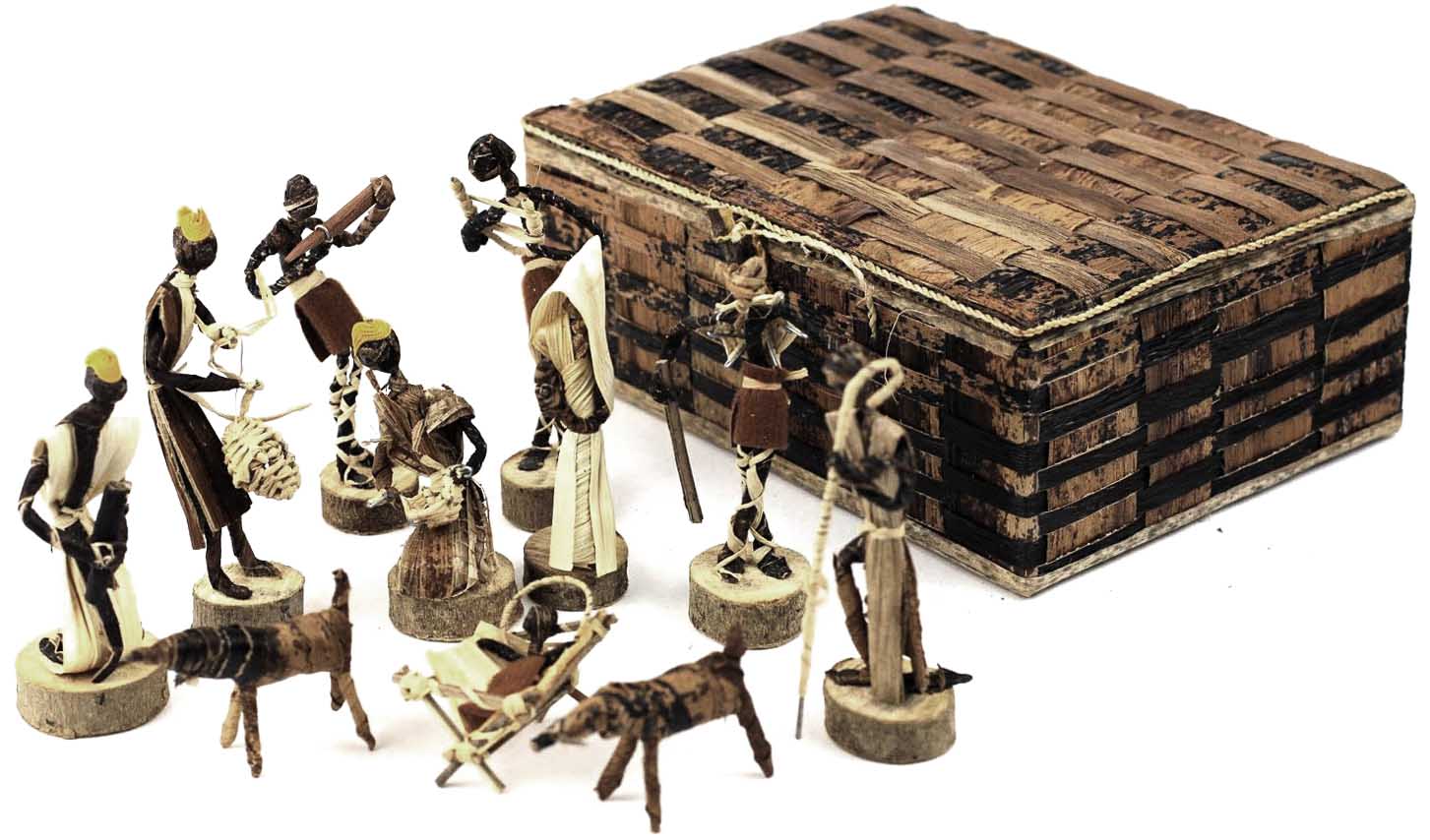
IV. The Nativity Scene in America
A. North America
In the United States and Canada, Nativity Scene designs vary greatly, from simple, traditional representations to modern artistic installations. Various cultural influences, including Aboriginal, Latin American and European traditions, enrich the representation of the Nativity.
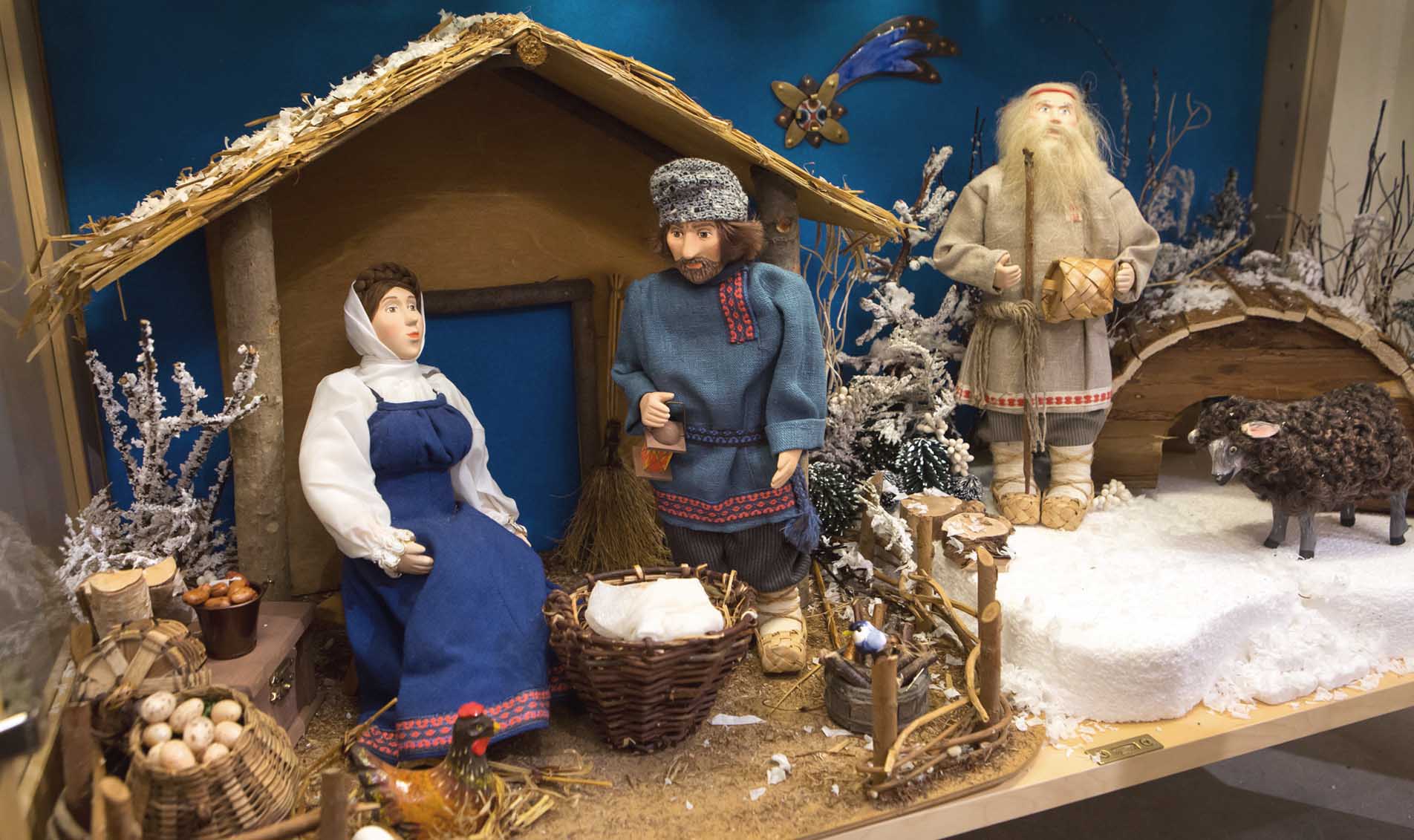
B. Latin America
Latin American Nativity Scenes, or 'nacimientos', are deeply rooted in cultural and religious traditions. In Mexico, they are often grandiose and colourful, incorporating elements of local flora and fauna. In Peru, the ceramic Nativity Scenes of Cuzco are particularly renowned for their finesse and artistic beauty.
V. The Nativity Scene in Asia
In Asia, the Nativity Scene often reflects local cultural and religious influences. In the Philippines, the Nativity Scene is a central feature of Christmas celebrations, often accompanied by traditional lanterns or 'parols'. In India, Nativity Scenes are a vibrant blend of Christian traditions and Hindu cultural elements, while in Middle Eastern countries they reflect Islamic art and architecture.
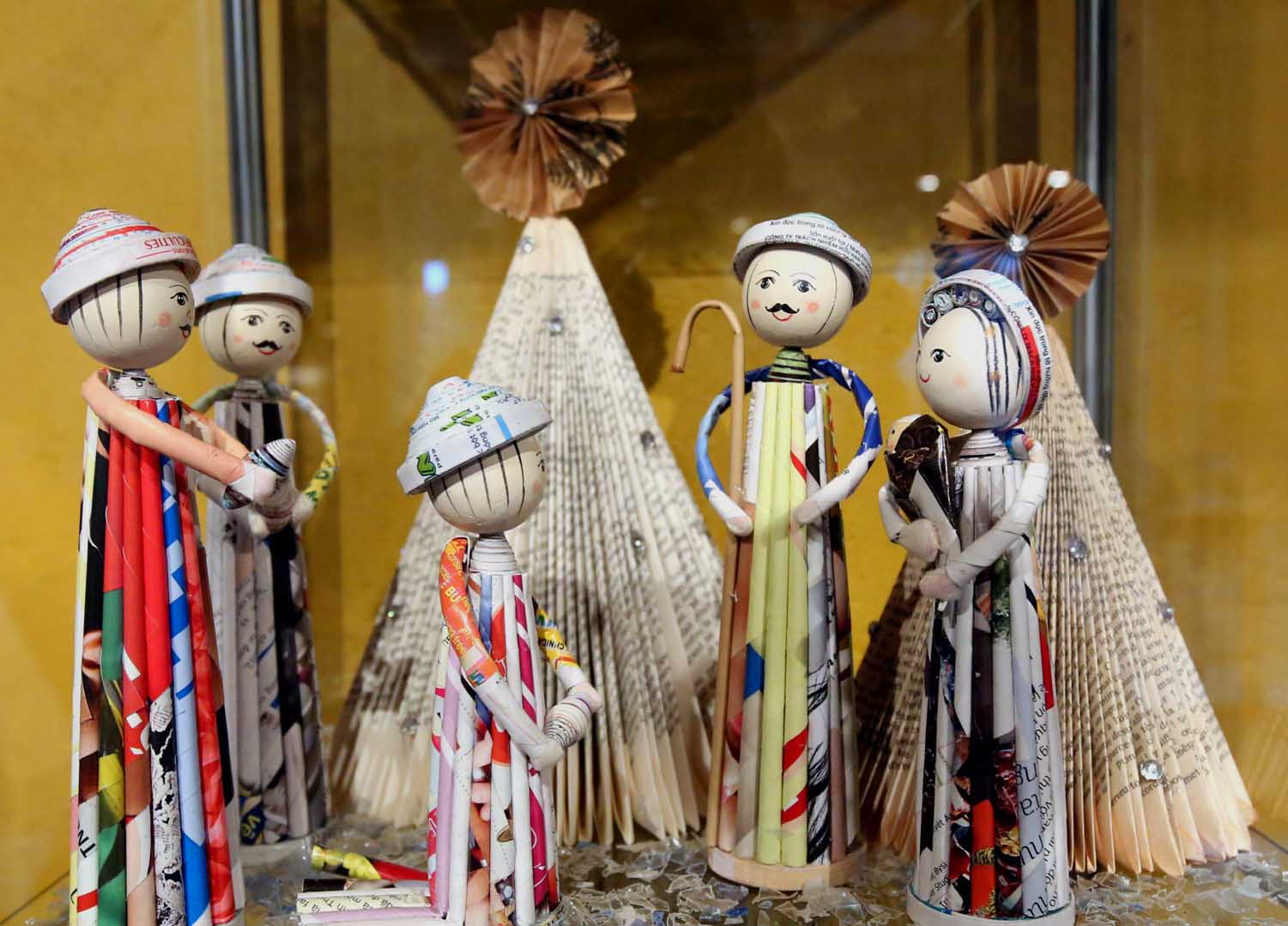
VI. The Nativity Scene in Oceania
In Oceania, Nativity Scene traditions are influenced by Aboriginal and Maori cultures as well as Western influences. In Australia, Nativity Scene designs may incorporate elements of local flora and fauna, offering a unique perspective on the Nativity scene. In New Zealand, Nativity Scene designs often reflect the Maori influence, with figures and settings that celebrate the uniqueness of Maori culture and its integration into the Christian faith.
VII. The Nativity Scene in Modern Art
In the world of modern art, the Nativity Scene is often reinterpreted using contemporary materials and styles. Artists from all over the world are reinventing this ancient tradition, creating works that challenge and enrich traditional understandings of the nativity. These modern interpretations can range from minimalist abstractions to interactive installations, reflecting the diversity and creativity of contemporary art.
VIII. Cultural and social impact
Beyond its religious significance, the Nativity Scene plays an important cultural and social role. It brings communities together, serves as a tool for education in Christian values, and is often a means of artistic and cultural expression. In many countries, the construction and display of the Nativity Scene are occasions for celebration, gathering and sharing, strengthening community and family ties during the Christmas season.
IX. Conclusion
This exploration of Nativity Scene around the world reveals not only their cultural and artistic diversity but also their ability to unite people around a common story. Each Nativity Scene, whether simple or elaborate, reflects a unique interpretation of the Nativity and bears witness to the universality and continuing relevance of the Christmas message.
Appendices
A photo gallery of Nativity Scenes from around the world and an extensive bibliography offer an opportunity to deepen your knowledge and appreciation of this rich and varied tradition.
FAQ about Christmas Nativity Scenes around the World
1. What is the origin of the Nativity Scene tradition?
The tradition of Nativity Scene dates back to Saint Francis of Assisi in 1223. He created the first living representation of the Nativity in the Italian village of Greccio to teach the faithful about the birth of Jesus.
2. What makes the Italian Nativity Scene different?
Italian Nativity Scenes, particularly Neapolitan Nativity Scenes, are famous for their meticulous detail and depiction of scenes from everyday life at the time, in addition to the biblical nativity scene.
3. What is special about the Spanish Nativity Scene?
Spanish Nativity Sceneries, or 'belens', are known for their attention to detail and often include the 'caganer', a humorous figurine of a peasant.
4. What about Nativity Scene in Africa?
Nativity Scenes in Africa are often made from local materials and reflect the cultural and artistic diversity of the continent.

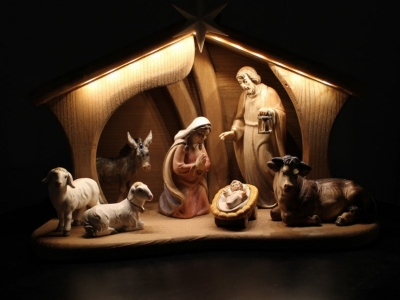

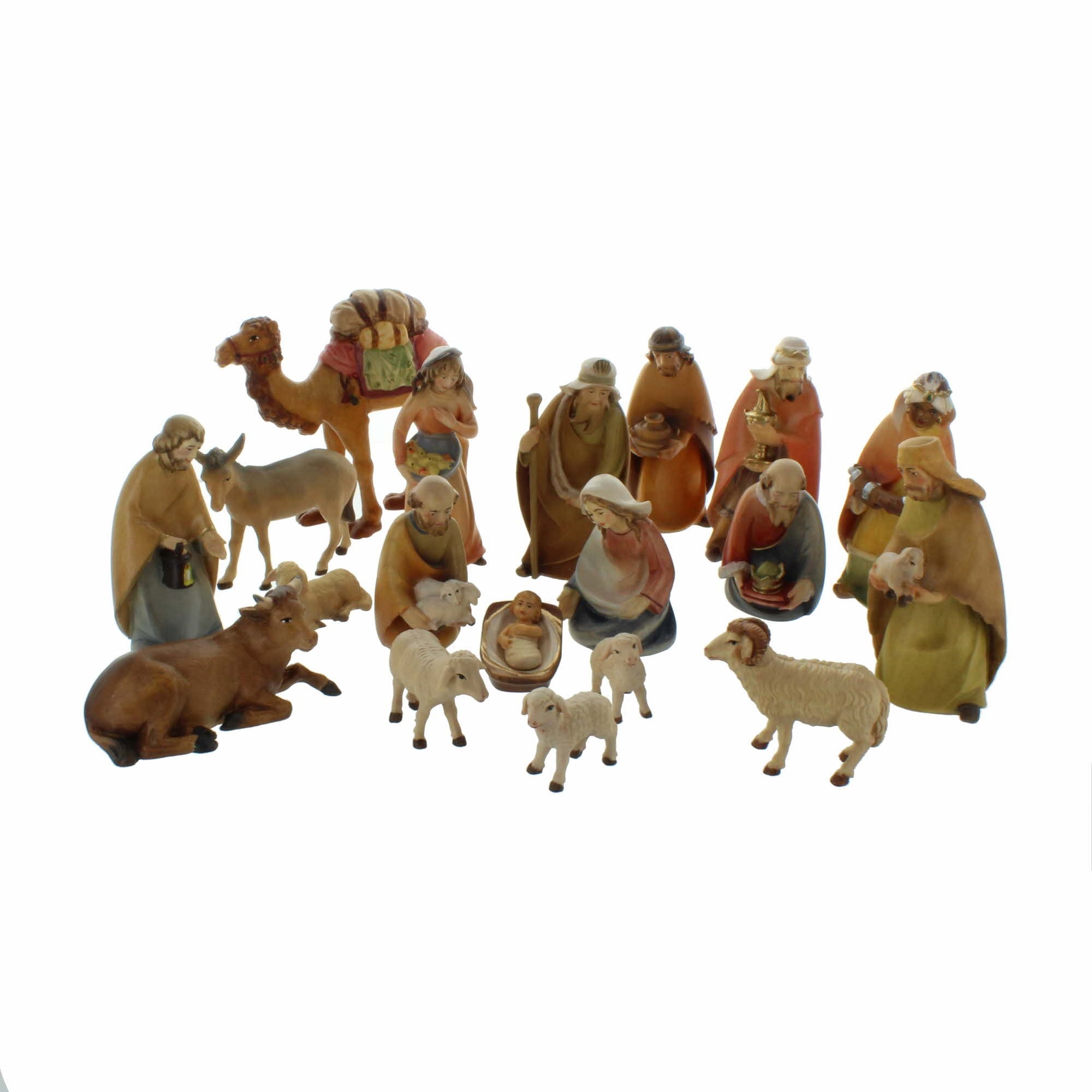
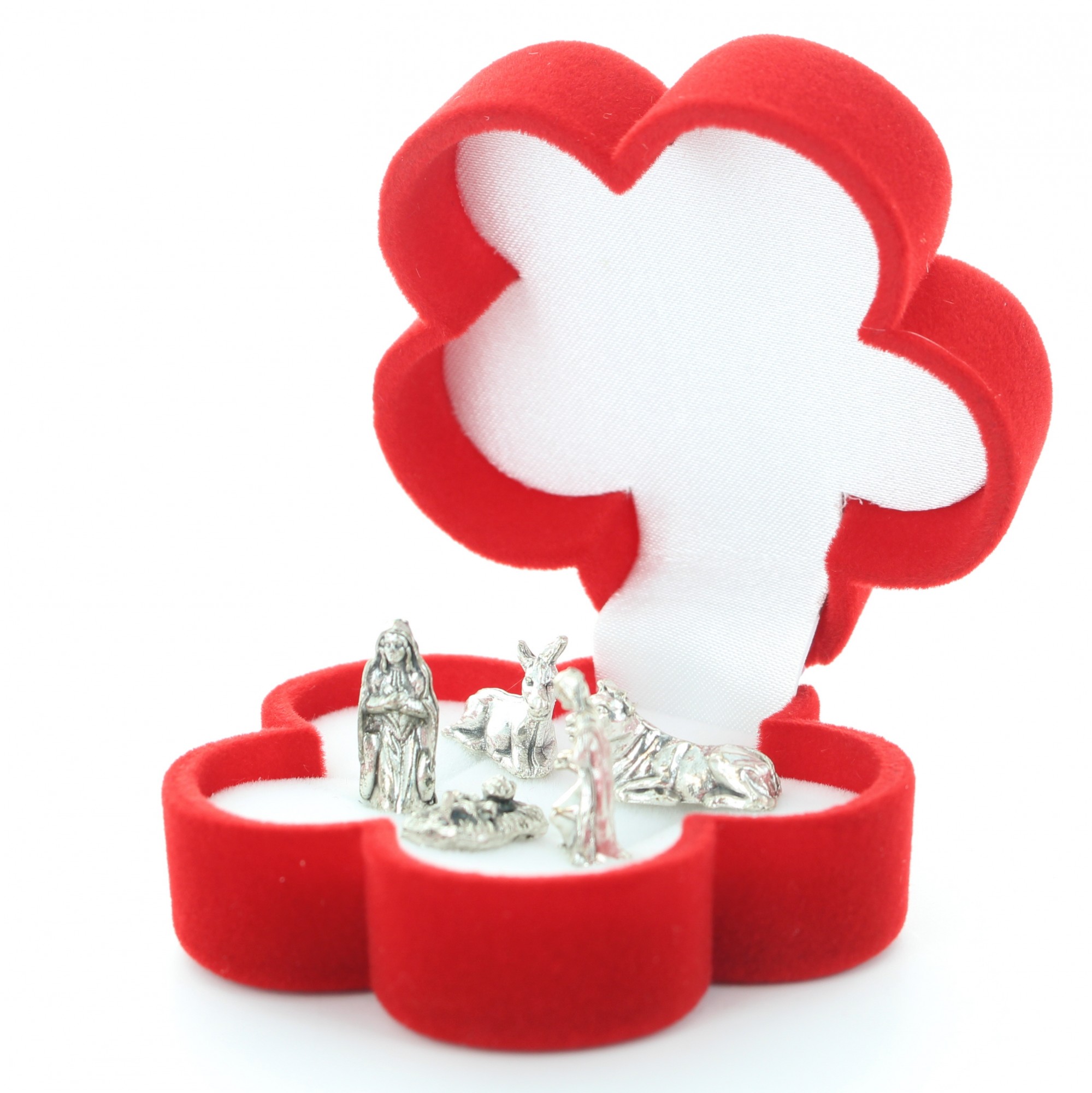

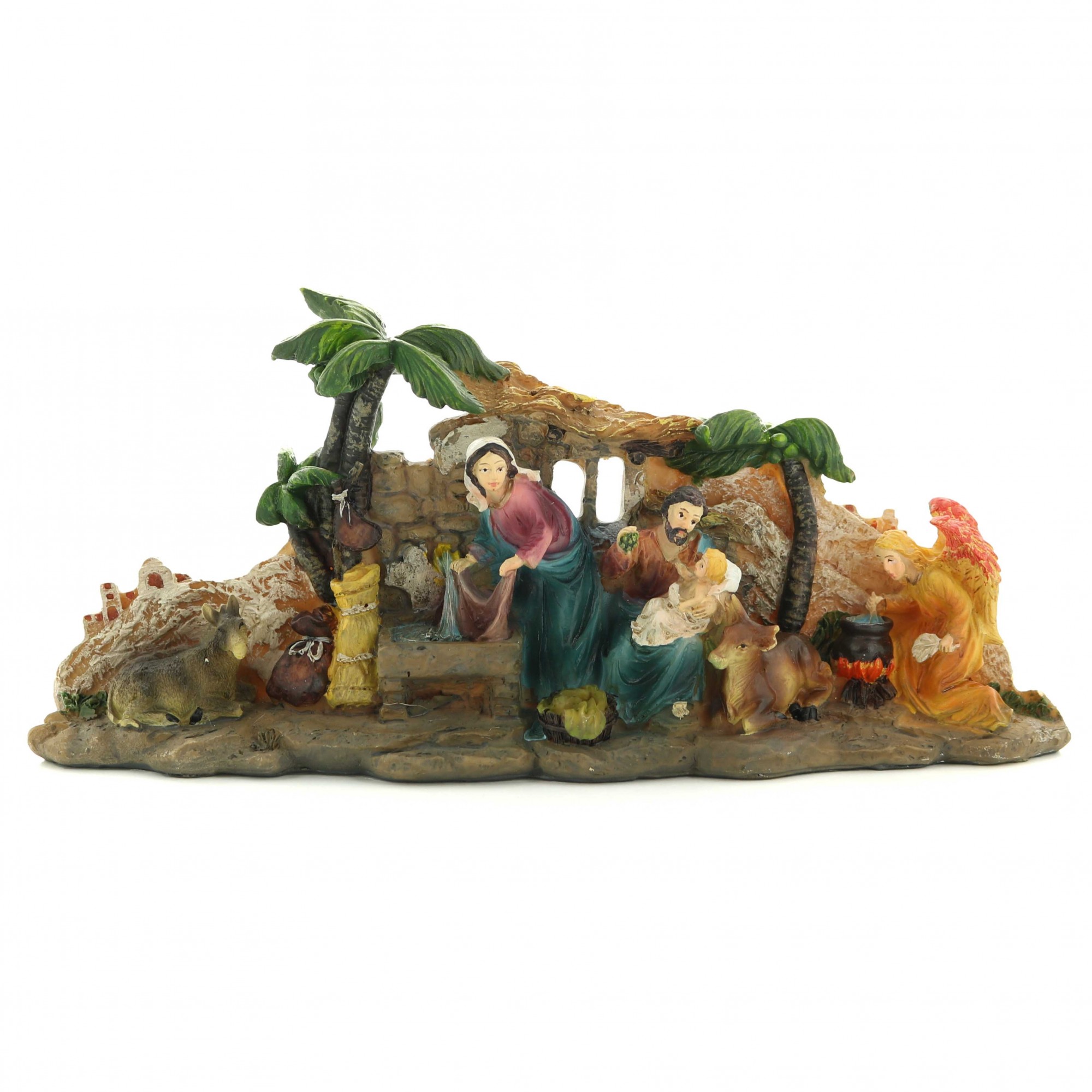
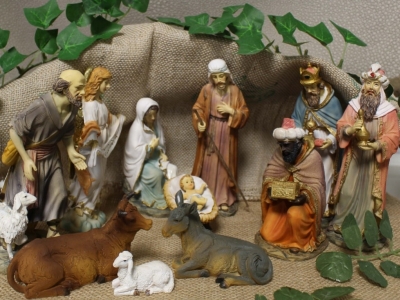
 The Mystery of the Five Wounds of Christ: A Profound Exploration of Their Spiri
The Mystery of the Five Wounds of Christ: A Profound Exploration of Their Spiri  Women's religious orders: A heritage of service and education
Women's religious orders: A heritage of service and education  What is Secours Catholique?
What is Secours Catholique?  Jesus' 40 Days in the Desert: A Spiritual Exploration
Jesus' 40 Days in the Desert: A Spiritual Exploration  In un mondo di connessioni costanti e distrazioni digitali, la Quaresima si sta
In un mondo di connessioni costanti e distrazioni digitali, la Quaresima si sta